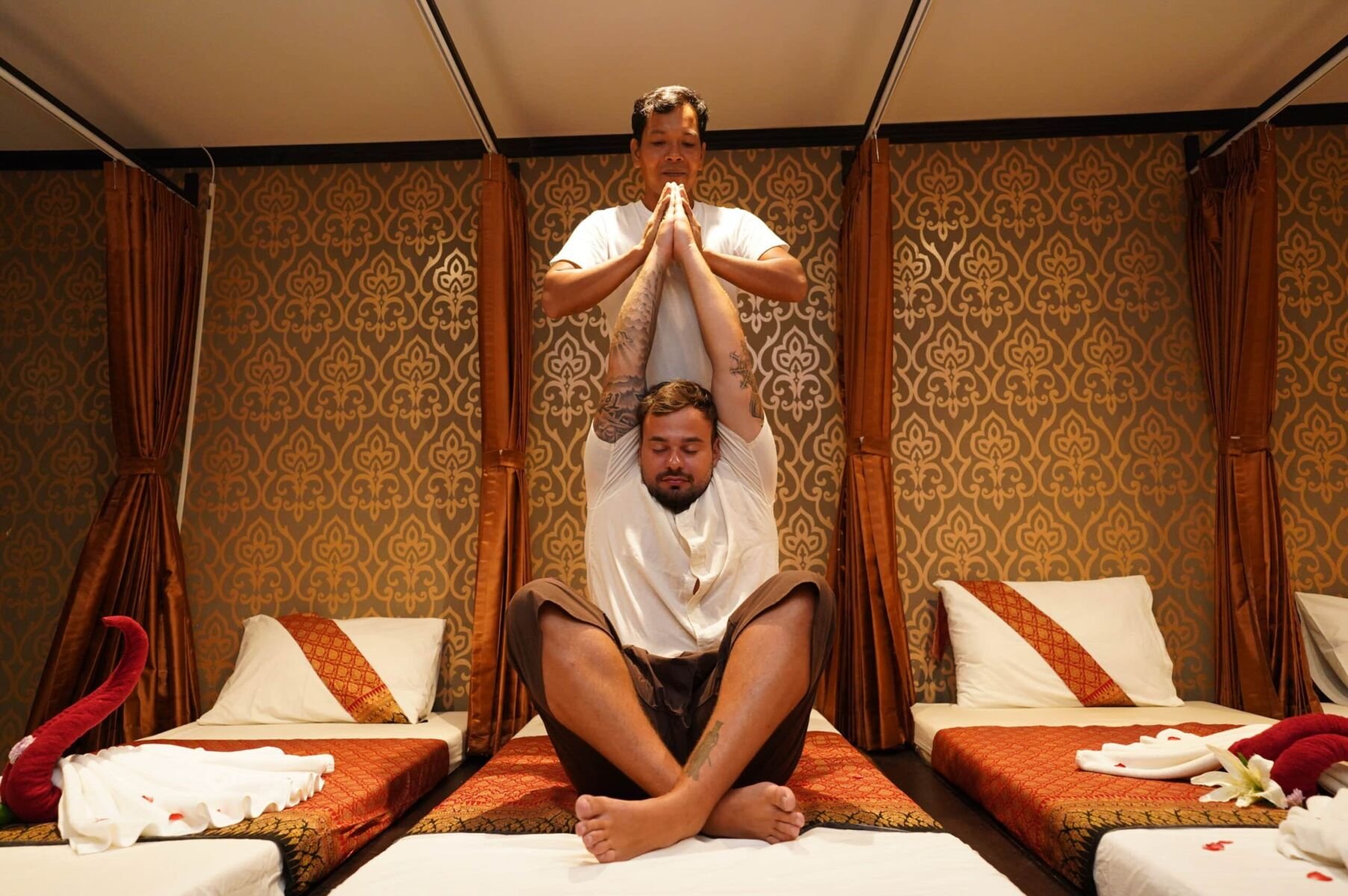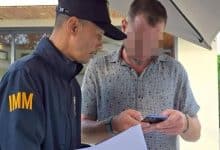Exploring the origin of the famous Thai massage

Thai massage is a well-known therapy, especially for those who cherish wellness. Originating from Thailand, it has earned worldwide recognition for its numerous benefits, mainly its focus on mindfulness and spiritual well-being. This ancient practice holds a significant place in Thai culture, reflecting the country’s deep-rooted traditions and beliefs. Combining serene meditation into every movement and touch underscores the holistic approach of Thai massage. Curious about its origins and development? Here’s everything you need to know about Thai massage.
The historical roots of Thai massage

Origins and cultural influences
Thai massage’s foundation dates back over 2,500 years, with its origin deeply intertwined with the holistic practices of ancient India and China. Chiwaka Komaraphat, a renowned figure believed to be a personal physician to the Buddha, conceptualised the core techniques that would evolve into Thai massage. This blending of Ayurvedic and traditional Chinese medicine principles laid the groundwork for a unique therapeutic practice.
In Thailand, massage was more than a means of relieving pain; it was a spiritual practice. Monks performed these early forms of Thai massage within temple grounds, integrating them with Buddhist rituals. The communal aspect of Thai culture played a significant role in the massage’s evolution, as techniques were shared and refined through generations, not through written texts but orally, ensuring the preservation of this revered tradition.
Evolution and spread throughout Southeast Asia
As Thai massage’s reputation grew, it spread throughout Southeast Asia, adapting and integrating with local customs and practices. By the time it reached the royal courts, Thai massage had become an essential part of Thai medicine, recognised for its therapeutic and rejuvenating powers.
The establishment of schools, such as Wat Pho’s Chetawan Massage School during the reign of Rama IX, marked a turning point in the professional training of Thai massage therapists. This evolution signalled the widespread acceptance of Thai massage as a vital component of wellness and its adaptability to meet modern demands while retaining its traditional essence.
Today, Thai massage continues to thrive, with institutions like Dusita Spa embodying its luxurious and healing aspects. The massage’s ability to blend physical manipulation with energetic and spiritual elements explains its enduring appeal. Its history is a testament to the richness of Southeast Asian culture and its influence on the world of holistic healing.
Understanding Thai massage

Definition and key characteristics
Thai massage is like a warm hug from Thai culture, wrapping you up in centuries-old wellness traditions. Imagine combining the best bits of yoga, acupressure, and reflexology into one holistic experience – that’s Thai massage for you! It’s not just about loosening those tight muscles; it’s a full-body journey to boost your physical, mental, and spiritual vibes.
Imagine yourself lying on a comfy floor mat and ready to be gently stretched and pressed from head to toe by caring hands, elbows, knees, and feet. This isn’t your everyday muscle rub; it’s about enhancing your flexibility, easing all that built-up tension, and giving your internal organs a little wake-up call.
Beloved by folks all around the globe and cherished as a gem in its native Thailand—think places like the serene Dusita Spa—Thai massage stands out with its dance-like rhythms and stretches that could double as yoga poses. Add some focused breathing and mindful awareness, courtesy of your skilled therapist, and you’re in for an incredibly soothing yet refreshing treat. Trust me; it’s an experience that refreshes you on all levels.
The energy lines concept
Central to Thai massage are energy lines, or ‘Sen’ lines, believed to course through the body. This idea echoes the traditional Chinese medicine’s meridians and India’s Ayurvedic system’s nadis. Thai massage identifies ten principal Sen lines through which life’s energy, or ‘Prana’, flows. Blockages along these lines are considered to be the root of discomfort and disease.
By applying pressure along these lines, a Thai massage therapist can stimulate energy flow, facilitating the body’s innate healing process. The meticulous attention to these lines balances the body’s energy, contributing to overall health and well-being. Techniques include deep presses, stretches, and joint mobilizations, all performed to open up these energy pathways.
Traditional teaching suggests the presence of 72,000 energy lines, a testament to the complexity and depth of this healing art. The focus on the ten primary lines during a session demonstrates the practical application of this vast theoretical understanding. This approach alleviates physical symptoms, such as muscular soreness, and addresses emotional and spiritual imbalances, offering a comprehensive healing experience. Thai massage, therefore, is not merely a physical treatment; it’s a holistic healing modality that nurtures the body, mind, and spirit.
Benefits of Thai Massage

Physical and mental health benefits
With its roots deeply embedded in the origin of Thailand’s healing traditions, Thai massage offers significant physical and mental health improvements. Regular sessions can increase permanent flexibility and a broader scope of movement, positively impacting your overall physical condition. Furthermore, it’s known to address and reduce, if not eliminate, muscle pain and spasms. Beyond its physical benefits, this type of massage relieves fatigue, joint pain, and even headaches. Thus, it enhances your mental well-being by alleviating symptoms of stress and anxiety. Establishments like Dusita Spa have mastered incorporating these practices, ensuring a serene experience that promotes physical rejuvenation and mental relaxation.
The holistic approach to wellness
When you get a Thai massage, like the incredible experiences at Dusita Spa, it’s like hitting the refresh button on your entire being. The folks over there use traditional techniques that tap into your body’s natural healing vibes, helping you feel more connected to yourself and making you feel excellent in the long run.
More than just a rubdown
There’s a good reason why Thai massage is still super popular today. It’s way more than just lying on a table while someone works out your knots; it’s like combining an excellent stretch session with pressure points and movements that make yoga jealous. Going for one of these sessions at places like Dusita Spa isn’t just about chilling out for an hour. It’s about diving deep into traditions that have been helping people feel their best for ages. Choosing Thai massage means caring for your muscles and mojo—aiming for total harmony and finding that sweet spot of calmness and energy. If you’re looking to ease some aches or snatch up some serenity, turning to Thai massage is pretty much stepping through the door to better health and happiness.
Experience the rejuvenating benefits of a traditional Thai massage at Dusita Spa today. Let skilled therapists work on your body using ancient techniques to relieve tension and promote relaxation. Located in a peaceful setting, the spa offers a serene environment to unwind and de-stress.
Sponsored
Latest Thailand News
Follow The Thaiger on Google News:


























